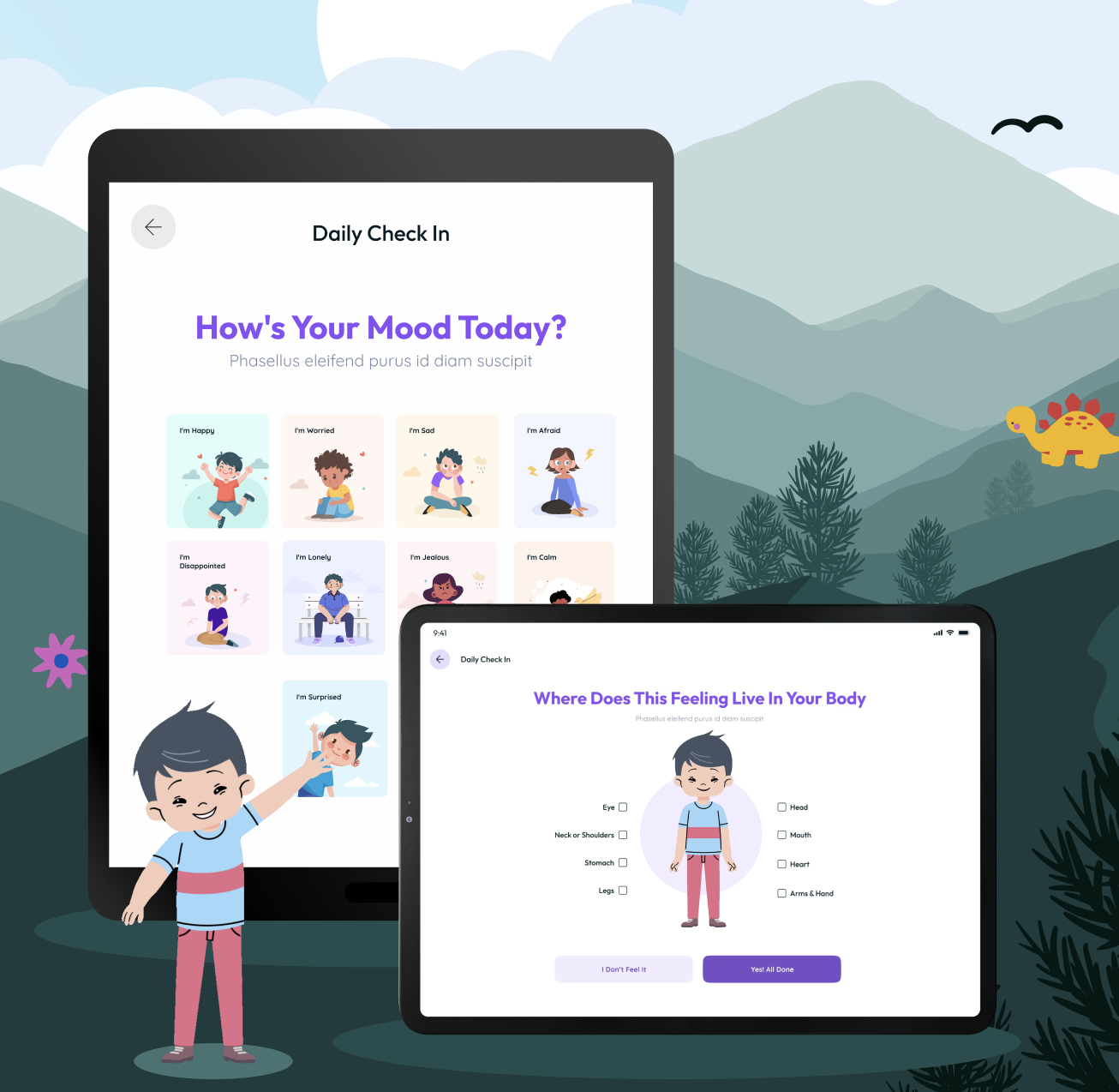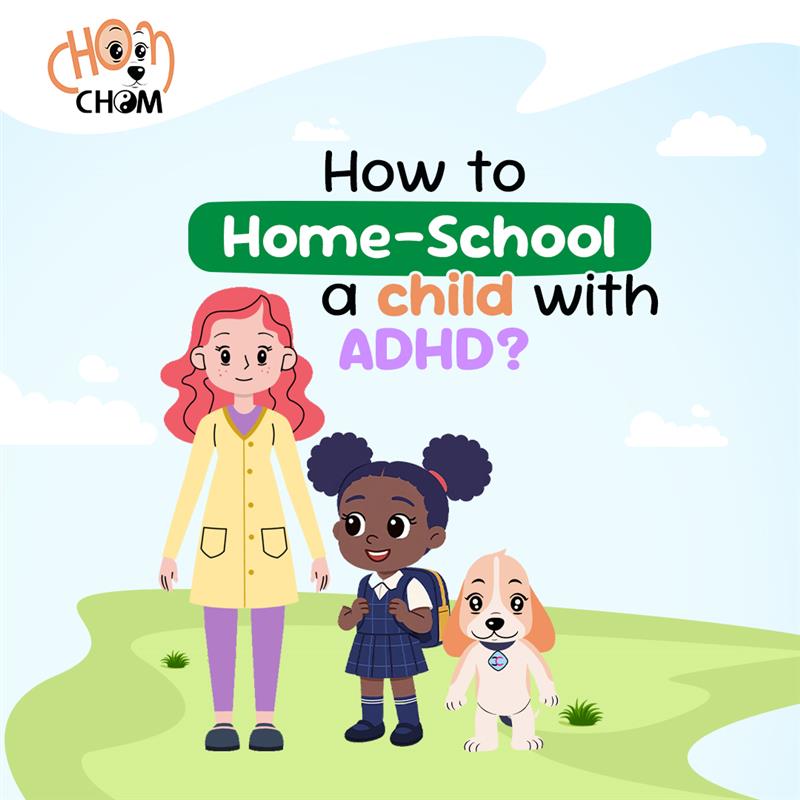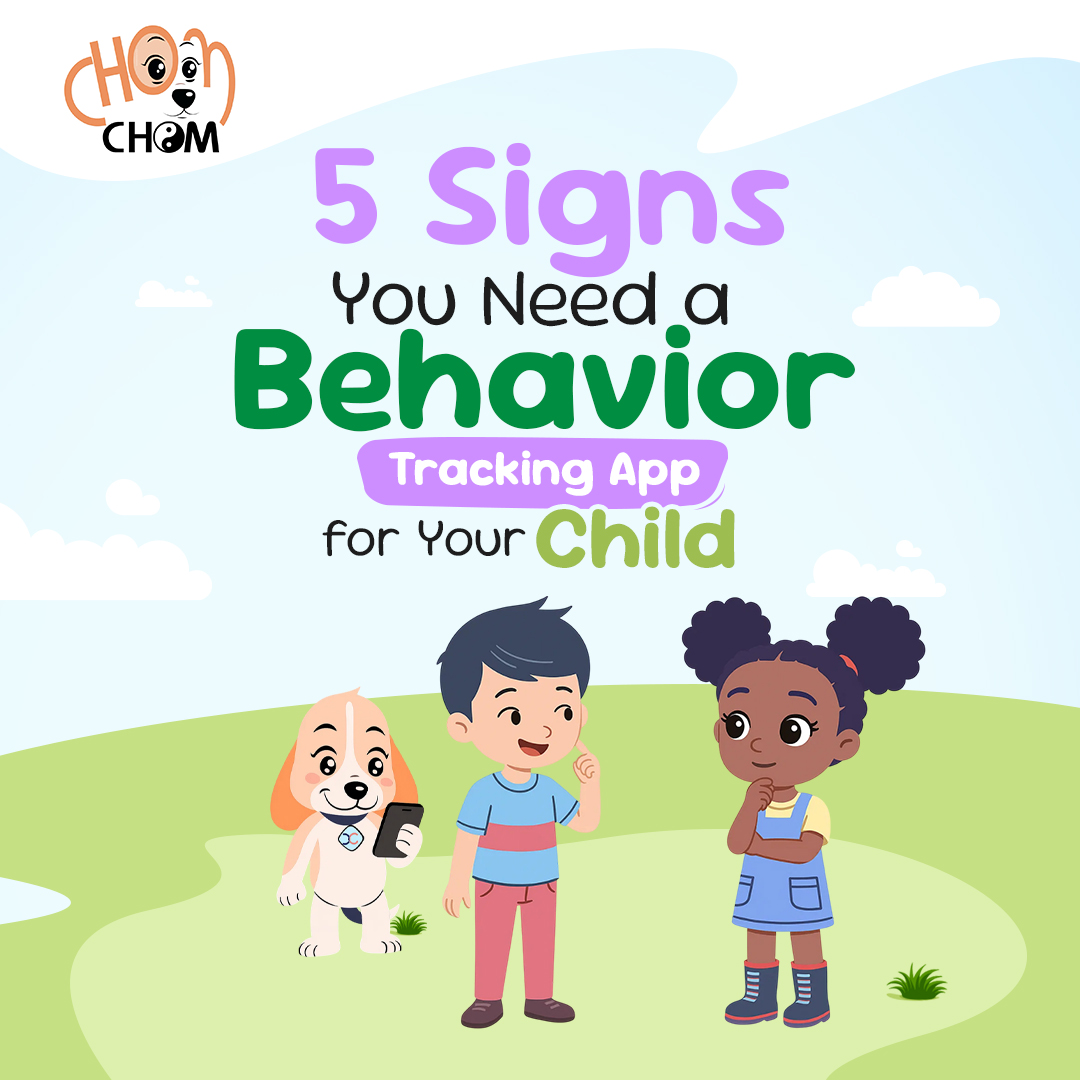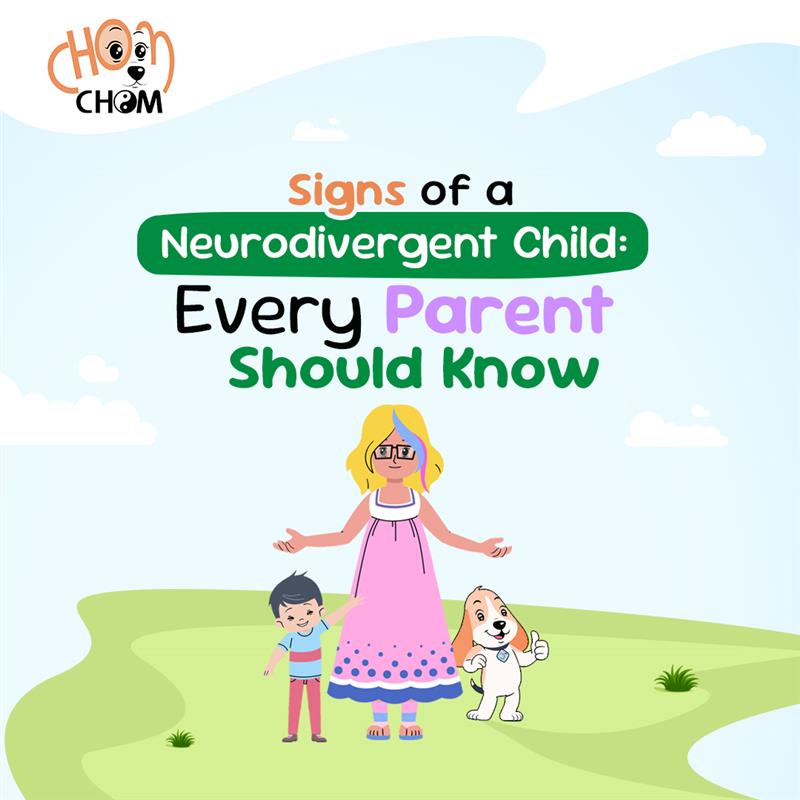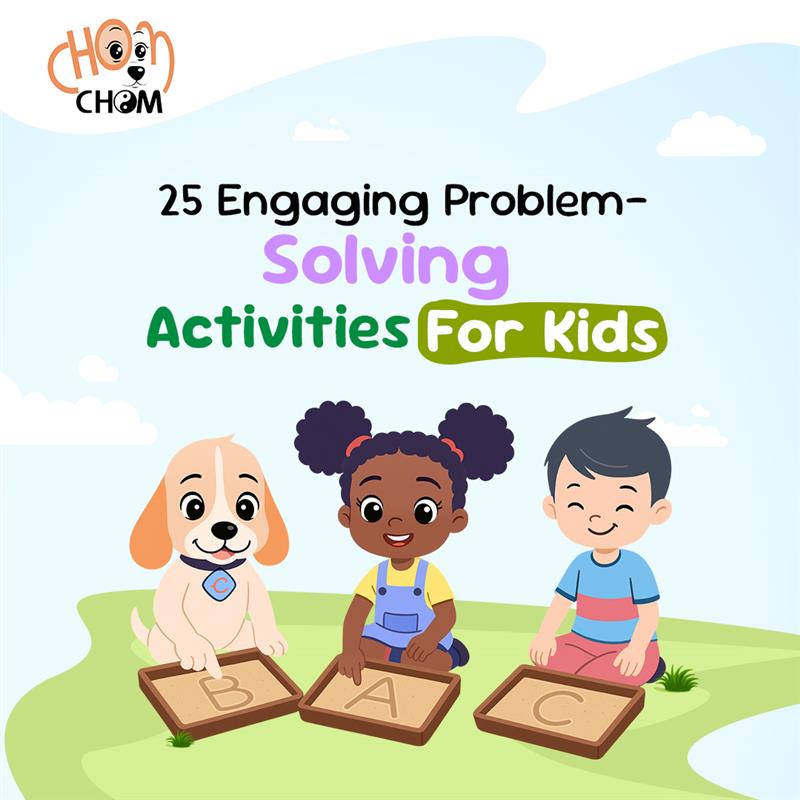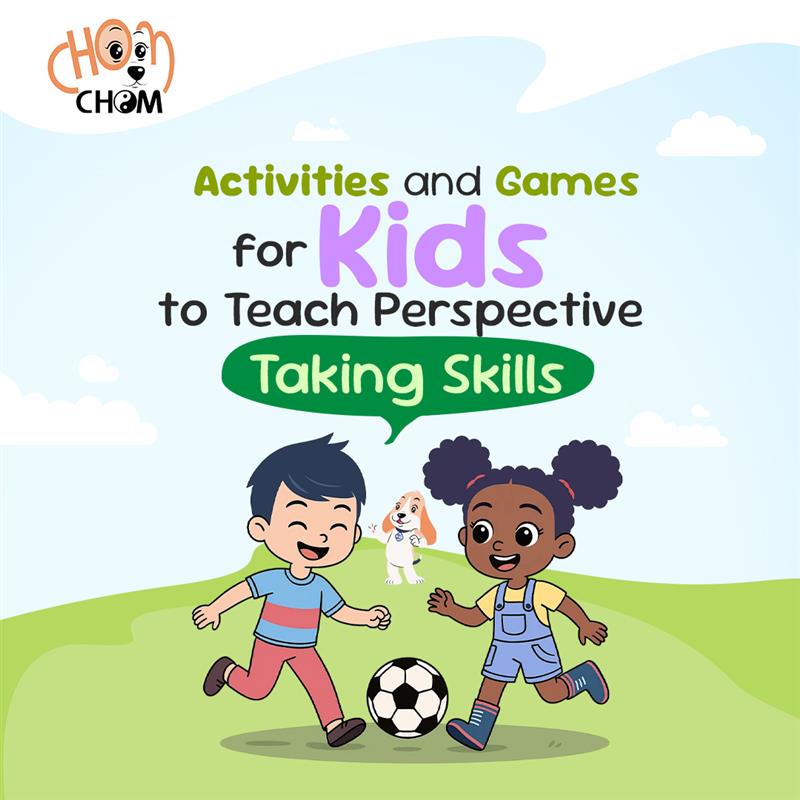
Understanding how others think and feel is a key part of navigating the world. It helps us communicate, respond, react, make decisions, and so on. In simple terms, we call it perspective.
However, for neurodivergent kids, this perspective-taking skill can sometimes be a challenge.
Unlike us, they process information differently. They might consider everything literal, find social cues confusing, or struggle to predict what someone else is thinking.
This isn’t a lack of caring; it’s just a different way of experiencing the world.
But the great news is: activities for perspective-taking can be used to master the skill. Simple, fun games and activities help neurodivergent children build this crucial social intelligence.
In this comprehensive read, we will guide parents and educators to teach their children perspective-taking. We will offer a variety of engaging ways to help them understand that others have their own unique thoughts, feelings, and points of view.
Without further ado, let’s begin.
Perspective Taking for Kids – At a Glance
This comprehensive blog is a practical guide for parents and educators –
- We’ll explore how to help neurodivergent children develop perspective-taking skills, which is the ability to understand that others have different thoughts and feelings.
- We’ll explain why this skill is crucial for social development, making friends, and building a sense of belonging.
- The read provides a variety of fun, low-pressure activities and games, including storytelling, role-playing, collaborative art projects, and using visual aids.
- The goal is to provide a toolkit of practical, gentle, and engaging methods to help your child navigate social situations with greater confidence and understanding.
Understanding Perspective-Taking in Neurodivergent Kids
Perspective-taking is the ability to understand that other people have their own thoughts, feelings, and points of view. And that it can be different from our own.
While this might seem like a natural skill, it often doesn’t come intuitively for many neurodivergent children, such as those with Autism Spectrum Disorder, ADHD, or dyslexia. For them, the world can be more literal and structured, making it challenging to interpret the subtle, unspoken rules of social interaction.
A neurodivergent child might struggle with perspective-taking for several reasons:
- Literal Thinking: They may interpret language and situations very literally, missing the nuance or hidden meanings behind someone’s words or actions.
- Difficulty with Social Cues: Reading facial expressions, body language, and tone of voice can be a significant hurdle. Without these cues, it’s challenging to gauge another person’s emotional state or intentions.
- Focus on Their Own Experiences: Their world is often defined by their own interests, routines, and sensory experiences. This intense focus can make it hard to shift their attention to what another person might be thinking or feeling.
- Predicting Emotions: It can be tough for them to predict how their actions might make someone else feel.
However, we can’t simply tell them to “be more empathetic.” Instead, we must provide them with explicit, structured tools and activities that break down perspective-taking into manageable, understandable steps.
Why Are Perspective-Taking Skills Vital?
Perspective-taking is far more than just a social nicety for children. It is a foundational life skill that impacts nearly every aspect of a child’s development.
For neurodivergent children, who may already face unique social challenges, mastering this skill is even more vital. It acts as a bridge, helping them connect their internal world with the external social landscape.
Here’s why these skills are so vital –
Building Stronger Relationships
Understanding what others are thinking and feeling is the basis of friendship. It allows a child to respond appropriately, show they care, and build a genuine connection. When a child can recognize that a friend is sad, they can offer comfort. When they see a happy friend, they can share in their joy. This two-way street of understanding is what creates lasting bonds.
Navigating Conflicts
Disagreements are a part of life. When a child can see a situation from another’s point of view, they can better understand why a friend might be upset. This helps them find fair solutions and resolve conflicts peacefully while navigating grief and other big emotions.
Developing Empathy and Compassion
While neurodivergent kids are capable of great empathy, perspective-taking provides the tools to express it. It moves empathy from a feeling to an action, allowing them to feel what another person is experiencing truly.
Boosting Self-Confidence
When a child can successfully navigate social situations, they feel more capable and confident. This reduces anxiety around social interactions and empowers them to engage more with their peers and the world around them.
Core Principles for Effective Games and Activities
To make these activities truly effective for neurodivergent kids, it’s helpful to follow a few core principles.
It’s not about what you do, but rather how you do it. These guidelines create a safe, supportive, and successful learning environment that honors your kid’s unique way of thinking.
1. Make it Concrete and Visual
Many neurodivergent children are visual thinkers. Abstract concepts like “empathy” or “feelings” can be hard to grasp.
Use visuals like emotion cards, facial expression charts, and drawings to make these ideas tangible. For example, instead of just talking about being “sad,” show a picture of a sad face and point out the downturned mouth and watery eyes.
2. Break It Down into Small Steps
Do not expect a child to go from a simple game to a complex social situation in one go. Break down the skills into smaller, more manageable parts. Begin with a simple task, such as identifying a happy face, and then progress to a more complex one, like explaining why a character in a story might be happy.
3. Use Their Interests
The best way to engage a child is to meet them where they are. If they are passionate about dinosaurs, use dinosaur figurines for a role-playing game. If they love trains, create a story about a conflict between two trains. To learn from an activity, individuals must find it both meaningful and motivating.
4. Keep it Low-Pressure and Fun
Learning should feel like play, not a test. Avoid putting a child on the spot or making them feel anxious. There is no right or wrong answers. The goal is exploration and understanding, not perfection. Celebrate every small step of progress and maintain a light, playful tone.
5. Model and Narrate
As a parent or educator, you are the most powerful tool. Explicitly model perspective-taking in your daily life with speech therapy. “I see that the mail carrier looks tired. It must be a long day for them.” By narrating your own thoughts and observations, you provide a clear, real-time example of what perspective-taking looks like in action.
It takes time to put these in motion and achieve a desired outcome. Always be patient when helping a neurodivergent child grow emotionally.
Activities and Games to Build Perspective-Taking
Now that we understand the core principles, let’s explore some practical and fun activities you can use. These games are designed to be flexible and adaptable to your child’s unique needs and interests. The goal is to make learning a natural and joyful part of your time together.
1. Storytelling and Role-Playing
Storytelling and role-playing are powerful tools because they allow children to step into someone else’s shoes in a safe, imaginative space.
You can use simple props like dolls, action figures, or even just household objects. Begin with a basic scenario, such as “The bear lost his honey pot,” and then ask questions that encourage perspective-taking. For example –
- “How do you think the bear feels? What does his face look like?” (Focus on emotions)
- “What might the bee who took the honey pot be thinking?” (Encourage a different point of view)
- “If you were the squirrel watching this, what would you do?” (Promote bystander perspective)
You can also try “What happens next?” games, where you start a story and then let your child continue it from a specific character’s point of view.
Role-playing games are the best emotional regulation activities for kids that help connect actions to emotions and understand cause and effect in social situations.
2. Emotion and Facial Expression Games
For many neurodivergent kids, deciphering facial expressions is a significant challenge. These games make learning to read faces fun and interactive. Start by creating or finding a set of cards with different faces showing a variety of emotions (happy, sad, angry, surprised, etc.).
- Emotion Charades: Take turns acting out an emotion without speaking, and have the other person guess. This is a great way to link the physical expression to the feeling.
- Draw the Emotion: Call out an emotion and have your child draw a face that represents it. This visual exercise helps them practice identifying and recreating the key features of an emotion.
- Mood Quest: Utilize digital games like Mood Quest, which portray various emotions and ask children to identify them. It is convenient, easy, and can be played anytime.
By breaking down the complex skill of reading faces into a simple game, you help them build a foundational library of social cues that they can later apply to real-life situations.
3.’Guess the Feeling’ Scenarios
This activity is a step up from just identifying emotions; it helps children understand the context behind a feeling. It combines storytelling with emotional recognition. Present your child with a short scenario and ask them to guess how the character feels and why.
- “A boy’s favorite toy truck just broke. How do you think he feels? Why?”
- “A girl just won a gold medal at her sports day. How is she feeling? What might she be thinking?”
- “Two friends are playing with a ball, and one friend accidentally throws it over the fence. How might the other friend feel? What would a good friend do next?”
To make this more engaging, you can use puppets, drawings, or even just simple written sentences. Encourage them to explain their reasoning.
4. Collaborative Building and Art Projects
Collaborative projects are excellent for teaching perspective-taking in schools. They require children to work together and consider another person’s ideas and goals. Instead of just focusing on their own vision, they have to communicate and compromise.
Lego or Block Building: Give each person a specific, different task. “You build the roof, and I will build the walls.” They must communicate and coordinate their efforts to make the project work. You can also try a “mystery build” where you each get a set of instructions for a different part of the final structure.
Collaborative Drawing: Use a large sheet of paper and markers. One person starts by drawing something simple, like a circle, and the next person has to add to it, turning it into something else (e.g., a face, a sun). This teaches them to build on another person’s idea instead of just starting their own.
Shared Story Mural: Start a drawing or painting that tells a story, and then have each person add to it in sequence. “I’ll draw the beginning of the story, you draw what happens next.” This helps them understand how their contribution fits into a larger, shared narrative.
These activities are powerful and provide a concrete, shared goal that naturally fosters communication and mutual understanding.
5. ‘What Do You See?’ Games
This activity is a simple yet powerful way to teach that different people can have different points of view, literally and figuratively.
It’s all about helping a child understand that what is evident to them might not be obvious to someone else.
Physical Perspective: Sit on opposite sides of a table. Place an object in the middle, such as a water bottle. Ask your child, “What do you see?” They will describe the side facing them. Then ask, “What do I see?” This helps them recognize that your view of the same object is different from theirs.
Visual Prompts: Use an image or a picture book. Ask, “What do you see in this picture?” After they answer, say, “I see something different. I see the little bird in the tree.” This highlights how people can focus on different details.
Story Perspective: Read a book or watch a short video clip. Ask questions like, “What do you think the character on the left is thinking?” and then, “What about the character on the right?” This teaches them to consider multiple viewpoints within a single narrative.
These perspective-taking exercises are excellent for showing, not just telling, a child that their perspective is valid but not the only one.
Visual aids like these provide a predictable and safe way to practice social skills and reinforce the connection between actions, thoughts, and feelings. The goal isn’t to change who they are, but to give them the tools to thrive in a world with neurotypical brains.
Tips for Parents and Educators
Teaching perspective-taking is a journey that requires patience, consistency, and a deep understanding of the child’s unique needs.
Here are some practical tips to help you effectively guide neurodivergent children in this process –
- Be a Social Translator: Act as a bridge between your child’s world and the social world. When you see a social interaction happening, narrate it aloud. This provides a running commentary that helps your child connect emotions to facial expressions and situations.
- Narrate Your Own Feelings: Explicitly state your own thoughts and feelings. “I feel frustrated right now because I can’t find my keys.” This model shows how to label emotions and shows that all feelings are okay.
- Validate Their Perspective First: Before trying to get them to see another point of view, acknowledge and validate their own. Start with, “I hear that you feel angry because your turn ended. That makes sense.”
- Use “What If” Questions: Use hypothetical scenarios to explore different outcomes. “What if you had given the toy back right away? How might your friend have felt then?” This allows them to practice problem-solving in a low-stakes environment.
- Focus on the “Why”: Don’t just tell a child what to do. Explain the reason behind it. Instead of “Say sorry,” try “Saying sorry helps your friend feel better because it shows you care about their feelings.”
- Be Patient and Celebrate Small Wins: Progress might be slow, and that’s perfectly normal. Celebrate every small step, whether it’s recognizing a single emotion in a picture or sharing a toy without being prompted.
- Collaborate with Professionals: If you are finding that these challenges are significant, consider collaborating with an occupational therapist, a child psychologist, or a behavioral therapist.
Building Perspective with ChomChomTech
Teaching perspective-taking to neurodivergent children is a journey of understanding, patience, and creativity. These simple yet powerful games and activities help them develop the skills they need to build meaningful relationships. With time, they will be able to navigate the social world with confidence and feel a sense of belonging.
For parents and educators looking for a structured and engaging way to support this growth, ChomChomTech offers a solution. Our platform is designed to turn social-emotional learning into an adventure. Through interactive games and stories, we make understanding emotions and perspectives fun and accessible for neurodivergent kids.
Our gamified platform is a safe and encouraging space filled with bite-sized games where they can practice these vital skills and build confidence through play.
Download the ChomChomTech App today.

